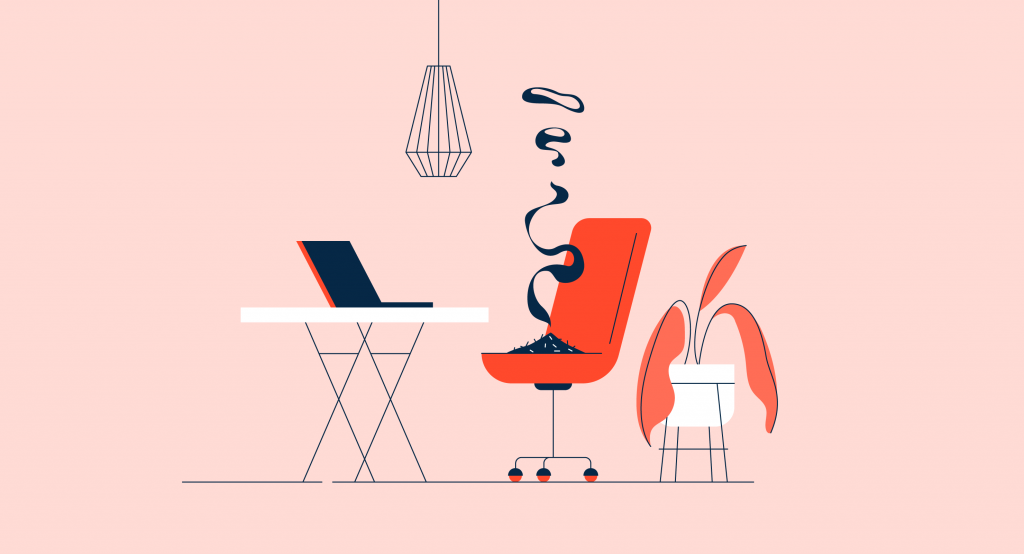Alyssa Wend ‘24
Staff Writer
In the midst of writing this article, I was burnt out—I felt completely overwhelmed from the combination of classwork and trying to balance life on campus for the first time.
This has been a common feeling for students this semester as many have faced both academic and mental burnout. The experience of being back on campus in a year and a half, or for some the first time ever, has led to many students feeling more academic pressure as a result of their expectations of finally being back at Scripps.
“[I’ve had] some breakdowns because I put so much pressure on coming back and everything being so much easier now that I’m not online, but it doesn’t resolve itself immediately by being in person,” Isabel Evans ‘23 said.
Having lived on campus this past summer while working at Denison Library, Evans felt that the transition to in-person classes was easier as she eased back into in-person academics. However, even with this advantage, the combination of school, personal life, and mental health caused Evans to burn out.
“I wasn’t getting enough sleep, I was doing work all the time, and as a consequence I didn’t have the energy I needed to,” Evans said.
Prekshi Lohia ‘24 felt similarly, finding that being on campus for the first time added to the stress of her fall semester.
“Here it’s much harder to stop studying because you’re constantly feeling like you haven’t studied enough,” Lohia said. “Coming into college as a sophomore is very different, even though people say it’s not, it is. You have to adjust to the whole college life and the tempo of working and balancing all of that.”
Contrary to last year, this semester had a fall break from October 16 to 19. While this short break was a chance for students to unwind, many students had assignments due right before and after. As a result, they spent most of their time studying.
“When I came back from fall break, it didn’t really feel like a break because I was coming back to more work,” Lohia said. “Even in my fall break I was studying and I didn’t get a full minute to breathe.”
While it was not a traditional break, students like Evans who went home felt more positive about the experience, especially when comparing it to last year.
“They didn’t do fall break last year and I couldn’t manage, so I think it’s really nice to have a built-in ‘okay you need to take some time for yourself’ even if it’s only a little bit,” Evans said. “I was writing an entire paper during fall break so it wasn’t able to be a true break for me, but it was really nice to be in a different space and go a little slower.”
Although many students are feeling burnt out, being back on campus has been able to create a sense of community by allowing students to feel more supported by professors. Asking for extensions and talking to professors during office hours when having a hard time has been something that has helped both Evans and Lohia.
“Being in person, it reminds you that [professors are] people too and they also have various things going on in their lives,” Evans said. “I think that they’ve been really supportive and helpful and it’s really helped a lot knowing that the professors that I’ve had at Scripps really genuinely want you to be happy and learn.”
Aside from outside support, students have found various strategies that have helped them with burnout, whether it’s meditation, coloring, therapy, or taking time for themselves.
“I do something every day, whether that’s go to sleep early, go for a run, or spend five minutes with a friend,” Evans said.
Lohia shares this sentiment of finding time for herself.
“Spending time with my friends [helps] because we’re all in the same boat,” Lohia said, “there is an understanding that we all have work to do and we all want a break.”
Image Source: G2 Learning Hub



